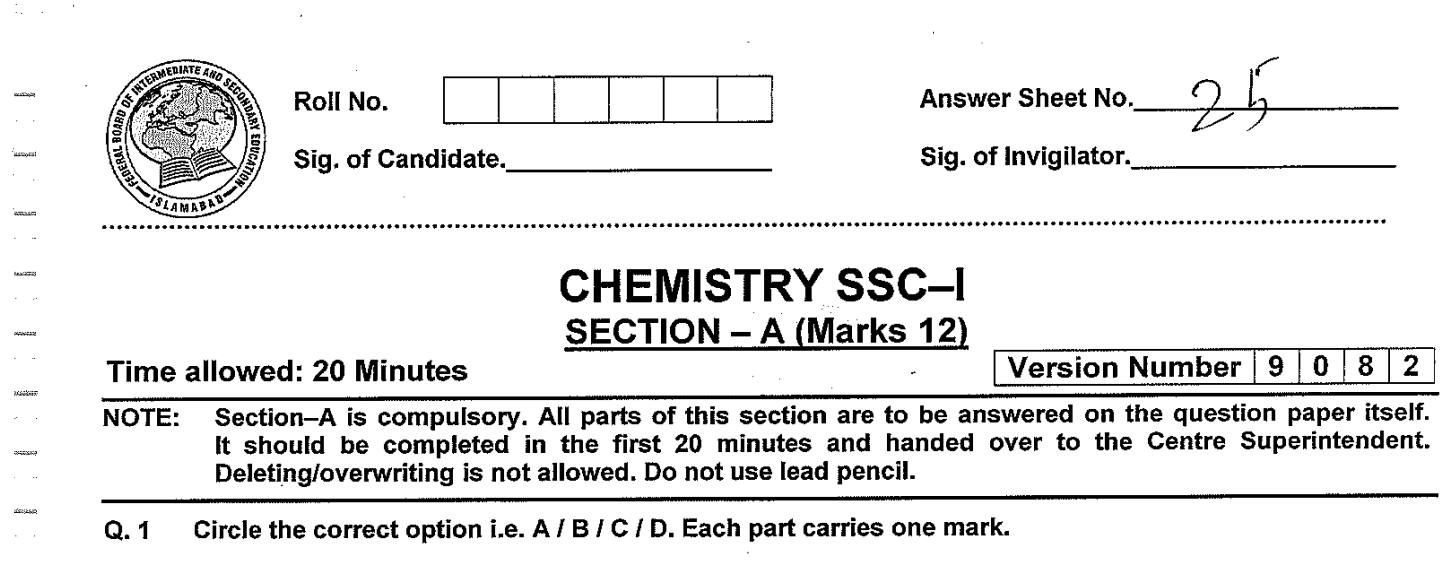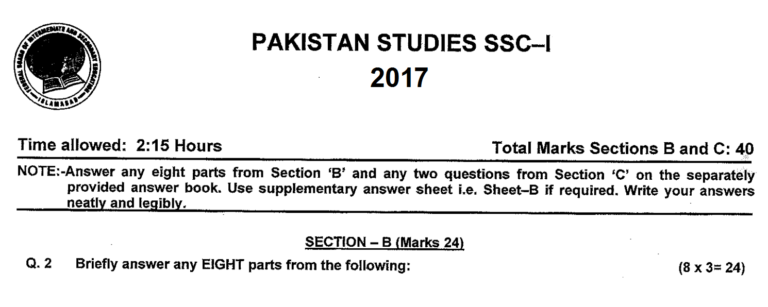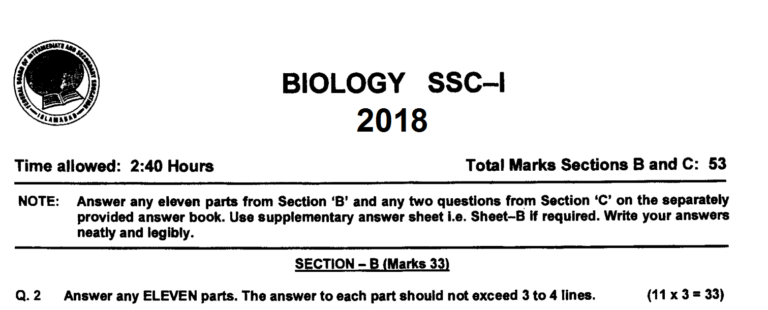Chemistry MCQs for Class 9 with Answers PDF | Past Papers MCQs
Chemistry MCQs for Class 9 with Answers PDF | Past Papers MCQs are produced in this post.
Past Papers Chemistry MCQs for 9th Class
Chemistry 2022 Solved MCQs
Chemistry 2021 Solved MCQs
Chemistry 2020 Solved MCQs
Chemistry 2019 Solved MCQs
Chemistry 2018 Solved MCQs
Chemistry 2017 Solved MCQs
Chemistry 2016 Solved MCQs
Chemistry 2015 Solved MCQs
Chemistry 2014 Solved MCQs
Chemistry 2013 Solved MCQs
Chemistry MCQs for Class 9
Chemistry is a very special subject. Especially for those students who want to become Chemical Engineers or Chemists. Understanding the concepts of Chemistry is very difficult for the majority of the students. In this post, we have provided you with Chemistry MCQs for class 9. This post contains all the FBISE Chemistry Past Papers MCQs of the 9th Class with answers.
How much Practice is sufficient?
All the Past Papers MCQs of Chemistry for 9th Class are given above. To prepare these MCQs for exams we have also prepared Practice MCQs Tests for you. Just visit our website’s MCQs Tests page and do the practice of all the MCQs Tests again and again so that you start getting 100% marks. In this way, you will be able to get full marks in MCQs Exam. Chapter-wise MCQs Tests are also available for you.




Please post 2022 supplementary exam solved mcqs of class 9